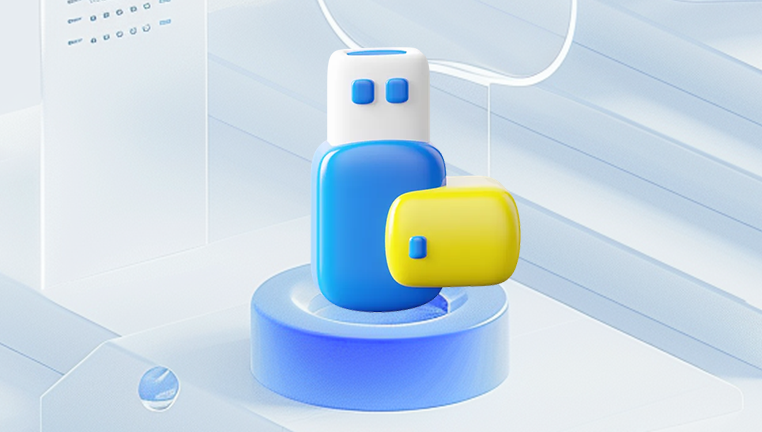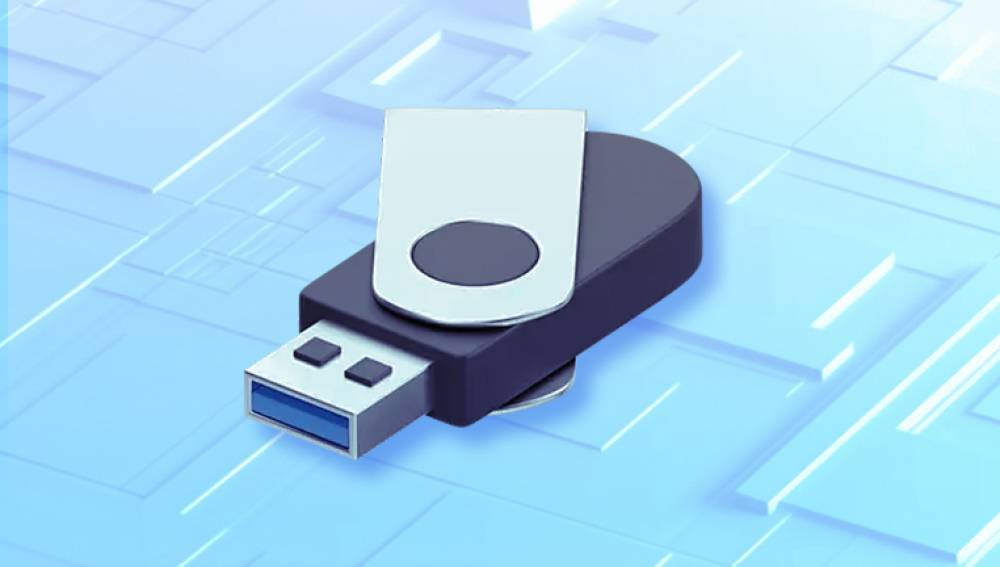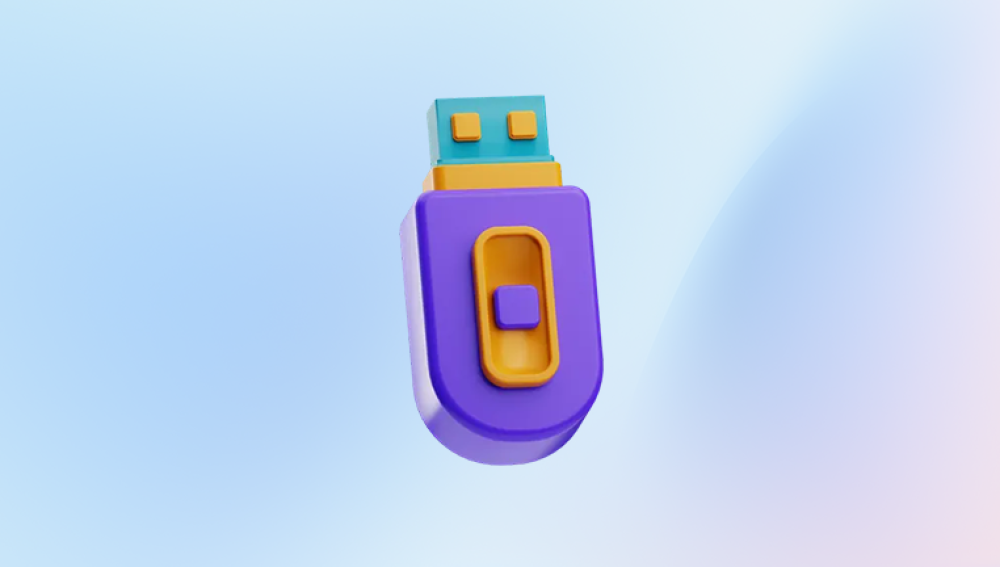A USB stick, also known as a flash drive or thumb drive, is a small but powerful data storage device. It’s used for everything from storing school projects and vacation photos to transferring business documents and system backups. Its portability and convenience make it indispensable until it fails. When a USB stick becomes unreadable, accidentally formatted, or simply loses data, it can feel like a disaster. Fortunately, in many cases, you can recover your USB stick for free.
Before jumping into recovery steps, it’s important to understand what can go wrong. USB sticks can experience data loss or corruption due to a variety of reasons. Knowing what caused the problem helps determine the best recovery method.
Common Causes of USB Data Loss
Accidental Deletion
Files may be accidentally deleted when cleaning up space or organizing folders.

Formatting Errors
Users might unintentionally format the drive or be prompted to format due to corruption.
File System Corruption
If you remove a USB stick without properly ejecting it, the file system can get corrupted.
Virus or Malware Attack
Malicious software can hide or delete files on your USB stick.
Physical Damage
Drops, water exposure, or faulty connectors can make the USB unreadable.
Power Surges
Power interruptions during file transfers can lead to corruption.
Wear and Tear
Flash memory has a limited number of write cycles, and overuse can lead to failure.
Initial Checks Before Recovery
Sometimes the solution is simpler than you think. Before using recovery software, try these quick checks:
1. Try Another USB Port or Computer
A faulty USB port may make it appear as if the USB stick is broken. Test the device on another machine.
2. Check File Explorer or Disk Management (Windows)
Press Win + E to open File Explorer.
If the USB shows up with no drive letter, assign one using Disk Management:
Right-click Start > Disk Management
Right-click the USB > Change Drive Letter and Paths > Add
3. Use the Command Prompt to Fix Errors
Open Command Prompt as Administrator and enter:
bash
CopyEdit
chkdsk X: /f
Replace “X” with your USB drive letter. This attempts to fix file system errors.
4. Enable Hidden Files
Sometimes files are hidden but not deleted:
Open File Explorer
Go to the View tab > Show > Hidden Items
Free USB Recovery Methods
Let’s move on to the actual recovery techniques. These methods involve free tools and built-in system utilities to bring your files back or repair the USB stick.
Method 1: Use Windows File History or Backup
If you’ve been using File History or Windows Backup, you might be able to retrieve a copy of your deleted files.
Go to Control Panel > System and Security > File History
Click “Restore personal files”
Browse and select the files you want to recover
Click “Restore”
Note: This works only if File History was previously enabled and the USB stick had data backed up.
Method 2: Recover Using CMD and ATTRIB Command
Sometimes files are hidden due to malware or system errors. You can use the Command Prompt to reveal them.
Open Command Prompt as Administrator
Type the following and press Enter:
bash
CopyEdit
attrib -h -r -s /s /d X:\*.*
Replace “X” with your USB drive letter. This command unhides and restores file attributes.
Method 3: Use Free Data Recovery Software
Drecov Data Recovery
Losing data from a USB stick can be stressful, especially when it contains important documents, family photos, or work-related files. Fortunately, Drecov Data Recovery provides an efficient and user-friendly solution to help you recover lost or deleted files from your USB stick completely hassle-free.
Whether your USB drive was accidentally formatted, corrupted, or suffered from unexpected deletion, Drecov Data Recovery can quickly scan and recover a wide range of file types, including documents, photos, videos, and more. Its intuitive interface is perfect for beginners, while its powerful scanning engine ensures deep-level recovery for even the most stubborn data losses.
Using Drecov Data Recovery is simple. After plugging in your USB stick, you launch the program, select the USB drive, and start the scan. In just minutes, it presents a list of recoverable files with options to preview them before recovery. This ensures you only restore what you need, saving time and storage space.
Method 4: Restore From a Cloud Backup
If you use cloud services like OneDrive, Google Drive, Dropbox, or iCloud, your USB files might already be synced.
Steps:
Log in to your cloud account
Use the “Trash” or “Recently Deleted” section to find missing files
Restore them to your computer
This isn’t technically USB recovery, but it can save you time if the files were recently uploaded or synced before deletion.
Method 5: Use Linux for Recovery
Linux systems often handle problematic USB drives better than Windows. You can create a bootable Linux USB (using Ubuntu, for example) and try accessing the files.
Steps:
Create a bootable Linux USB using tools like Rufus
Boot from the Linux USB
Open the file manager and locate the USB stick
Copy the files to a different drive
This method can bypass Windows file system restrictions and retrieve inaccessible data.
Fixing a Corrupted USB Stick (Without Data Loss)
Once you’ve recovered the important files, you may want to repair the USB stick for future use.
1. Use CHKDSK Again
Run:
bash
CopyEdit
chkdsk X: /f /r /x
This will fix file system errors and bad sectors.
2. Format the Drive
If the USB is functional but you can’t use it, a full format may help.
Steps:
Open File Explorer
Right-click the USB > Format
Choose File System (FAT32 or exFAT)
Uncheck “Quick Format” and click Start
Note: Only do this after recovering your data.
How to Prevent USB Data Loss in the Future
After rescuing your files, it's wise to take precautions to prevent future mishaps. Here are some best practices:
1. Always Eject Safely
Use “Safely Remove Hardware” before unplugging your USB.
2. Keep Backups
Save important files to multiple locations local drives, external hard drives, and the cloud.
3. Avoid Cheap or Unreliable USB Sticks
Stick to trusted brands with good reviews and warranty support.
4. Scan for Malware
Regularly scan your USB stick and PC with antivirus software.
5. Avoid Frequent Write/Erase Cycles
Excessive writing shortens a USB stick’s lifespan. Don’t use it as a working drive for daily file editing.
6. Keep it Physically Safe
Avoid bending, dropping, or exposing your USB stick to heat, water, or magnetic fields.
A malfunctioning USB stick can be incredibly stressful, especially when valuable files are on the line. Thankfully, with a combination of built-in system tools and powerful free recovery software, you can often recover your data and breathe a sigh of relief. Whether you’re dealing with deleted files, a formatted drive, or unreadable partitions, there are free ways to get your data back. And once you've completed the recovery, be sure to take steps to avoid facing the same situation again.




